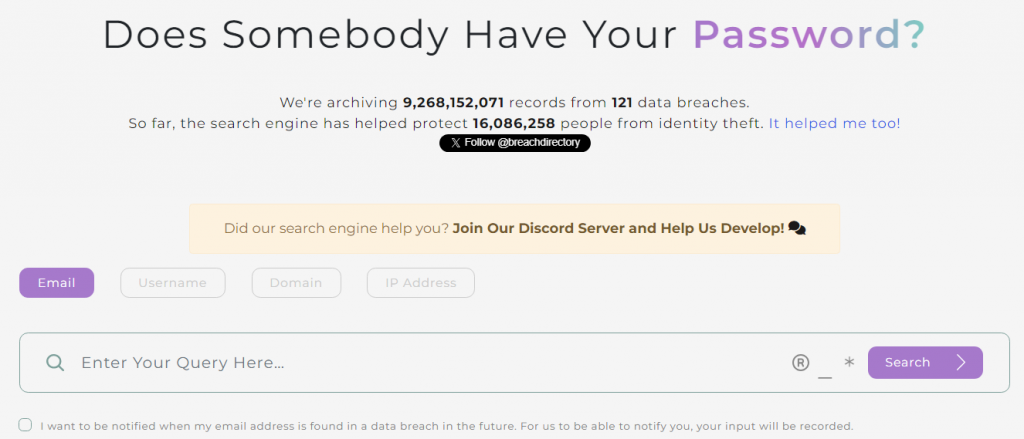What if we told you that people are breaking into homes with the sole intent of stealing cryptocurrency? Learn everything you need to know here.
Preface
Cryptocurrency is a great thing. For some, it’s an investment, some use cryptocurrency to finance cybercrime, and some stock up on food using crypto too. It’s no secret that cryptocurrency is an asset to cybercriminals too — so much so that some people are breaking into homes to perform a real life crypto hack: to steal them.
Violent Home Invasions to Steal Cryptocurrency
What if we told you that across the US, there have been a series of home invasions with the sole intent to steal cryptocurrency? No need for a crypto hack — “break into homes, use a $1 wrench, and people will give it to you” style? Yes, that’s right. According to the U.S. Department of Justice and other sources, a man was at the center of a robbery crew aimed at depleting the cryptocurrency assets of his victims. The victims of the crypto robber faced assaults and kidnappings with the crypto thief telling them to access and empty their cryptocurrency accounts: according to the Department of Justice, the victims were even zip-tied and held at gunpoint for the criminal to accomplish his “real-life crypto hack goals.”
A Real-life Crypto Hack Ring
It should be said that the real-life crypto hack crime ring seems to have been quite sophisticated — members of the criminal ring are said to have been using encrypted communication systems and have employed cryptocurrency accounts to hide the tracks of their criminal proceedings but regardless, they were still not beyond the reach of the law.
It’d seem like the criminals weren’t targeting everyone they see: before targeting any specific person, the criminals also accessed the email accounts of the victim (presumably to see if they’d have any relation to cryptocurrency, cyber security, etc.) After the “cyber check-in”, home break-ins would take place, cryptocurrency would be obtained and once criminals would complete their real-life “crypto hack”, they would launder the money by using an anonymous cryptocurrency: Monero.
According to Wired, the criminals had obtained around $150,000 by making use of their real-life “crypto hacking.” The victims of the criminal gang included residents of approximately 11 homes across multiple states in the US. The men worked in small “teams” and facilitated one of the worst real-life crypto hack schemes ever seen: the victims had to endure threats of murder, beating and skin-burning sessions, and other disturbing things.
Protecting Yourself on the Web
This story about a real-life crypto hack further proves the importance of staying safe on the web. Before conducting their break-ins, the criminal crew used to check the email accounts of their victims: it remains to be disclosed what means enabled them to have access to the emails in question, but we wouldn’t be surprised if that was done while making use of password reuse tactics.
If the criminals behind this real-life crypto hack used breached data to obtain the email addresses/passwords of their victims, broke into accounts, and then broke into their homes (some data breaches may well have included the physical addresses relevant to an email in question), we wouldn’t be surprised to see other similar cases in the future.
To protect yourself from similar attacks, make sure to use data breach search engines such as BreachDirectory — the BreachDirectory data breach search engine allows you to see if your data has been exposed in hundreds of massive hacks available in its database, allowing you to change your password if that has been the case.
The BreachDirectory API, on the other hand, will allow you to implement the data existing in BreachDirectory into the software appliance of your company to better protect customers, employees, and everyone around you.
Make sure to stay updated regarding cryptocurrency and other cybersecurity news by reading cybersecurity news and stay updated on data breaches by using data breach search engines.

Make sure to follow us on X (Twitter), LinkedIn, and Facebook for more updates, join our Discord server to chat about the recent updates in the cyber world, and until next time.
Summary
This story has depicted a real-life crypto hack conducted in a series of home invasions across the US. This real-life crypto hack is said to be one of the worst recent crimes involving cryptocurrency and real-life extortion.
We do hope that the criminals behind this real-life crypto hack are brought to justice and others will learn a lesson in staying safe online to protect their physical assets, and until next time.
Frequently Asked Questions
What was the Recent Incident Involving Real Life Crypto Theft About?
The recent real-life incident involving a real-life “crypto hack” involved a group of people all acting in unison to break into the homes of people to steal their cryptocurrency. Before doing so, criminals used to check the email accounts of the victims, presumably to find out whether they were into cryptocurrency or not.
How to Stay Safe Online and Protect Myself From a Crypto Hack?
To stay safe online, make use of data breach search engines such as the one built by BreachDirectory: such data breach search engines will help identify whether you’re likely to fall victim to identity theft, credential stuffing, and other attacks by informing you whether your account is in a data breach or not.
Why Should I Use the BreachDirectory API?
Consider using the BreachDirectory API to get JSON-based responses on whether accounts exist in a data breach or not: these responses will help your company, clients, or people around you identify what actions you should take to protect yourself from identity theft.
